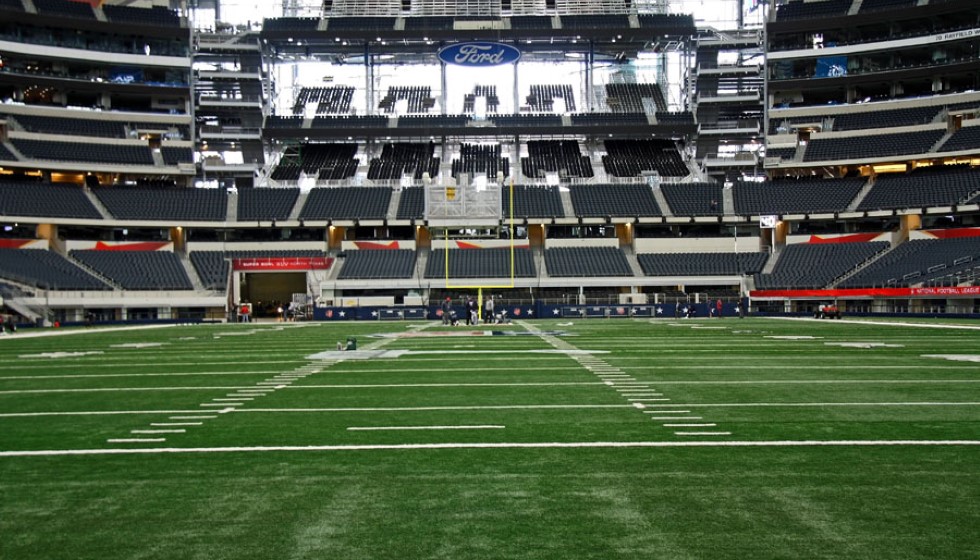
Since claiming victory in their last Super Bowl, the Kansas City Chiefs, under the helm of quarterback Patrick Mahomes, have seen a significant transformation in their gameplay. Mahomes, once renowned for his jaw-dropping long throws down the field, has adapted his style, embracing short passes and checkdowns. This tactical shift not only showcases Mahomes' versatility but also the Chiefs' evolutionary approach to overcoming defenses.
The Evolution of Mahomes
Mahomes' evolution in gameplay can be likened to some of the strategies employed by Tom Brady, one of the greatest quarterbacks in NFL history. Joe Bleymaier, speaking on Mahomes' performance, draws parallels between the two, emphasizing the adaptability and intelligence Mahomes has shown in modifying his game. This strategic pivot was evident in the Chiefs' performance at Super Bowl LVIII against the San Francisco 49ers, where the effectiveness of short passes was on full display.
The change in Mahomes' passing strategy has played a crucial role in enhancing their playoff winning record. With Matthew Nagy calling the plays, Mahomes has showcased an ability to dissect defenses with shorter, more calculated throws. David Girardi, commenting on this development, notes that Mahomes is continually evolving to counteract the defensive schemes he faces, a testament to his growth as a quarterback.
As defenses attempt to pressure the Chiefs into executing perfect long-drive plays, Mahomes and his offense adapt. This has led to a uniquely positioned passing offense within the NFL, characterized by lower average throw distances. Whereas in 2018 Mahomes boasted an average of 9.2 yards per throw, this figure has strategically dropped to a record-low of 6.5 yards in the latest season. Interestingly, his average depth of target (aDOT) remains higher than that of fellow quarterback Joe Burrow, demonstrating the calculated balance Mahomes has achieved between risk and reward.
Mahomes' Strategic Mastery
Matt Nagy sheds light on Mahomes' approach, highlighting his strategy of positioning two players in key spots to baffle defenders. This clever tactic not only demonstrates Mahomes' understanding of the game but also his ability to lead and direct the team's offense with precision.
Mahomes' adaptation and strategic gameplay have led the Chiefs to another Super Bowl victory, marking a significant milestone in his career. Notably, Mahomes is the first quarterback since 1991 to achieve more than 200 passing yards and over 50 rushing yards in a playoff game. His leadership has now secured three Super Bowl championships for the Chiefs, placing him among an elite group of quarterbacks with three Lombardi Trophies.
Perhaps one of the most remarkable aspects of Mahomes' Super Bowl appearances is the Chiefs' ability to overcome double-digit deficits. In all four of Mahomes’ Super Bowl appearances, the Chiefs have been down by 10+ points before mounting a comeback to win the game. This resilience under pressure underscores Mahomes' skill as a leader and his capacity to perform in critical moments.
Reflections from the Team
Matt Nagy offers insight into Mahomes' transformation, stating, "Pat's learned how to play as a different quarterback — not a game manager — but a different quarterback. He's still winning." This sentiment is echoed by Joe Bleymaier, who simply notes, "He's just doing what he's got to do." Their comments reflect the admiration and confidence the coaching staff has in Mahomes' abilities and adaptability.
In conclusion, Patrick Mahomes' transition into a quarterback who masterfully executes short passes and orchestrates strategic gameplay demonstrates not only his individual growth but also the Kansas City Chiefs' dynamic approach to football. Leading the team to another Super Bowl victory, Mahomes has solidified his place among the NFL's elite, proving that adaptability and intelligence on the field can yield remarkable success. With three Super Bowl championships to his name, Mahomes continues to redefine what it means to be a leading quarterback in today’s NFL.